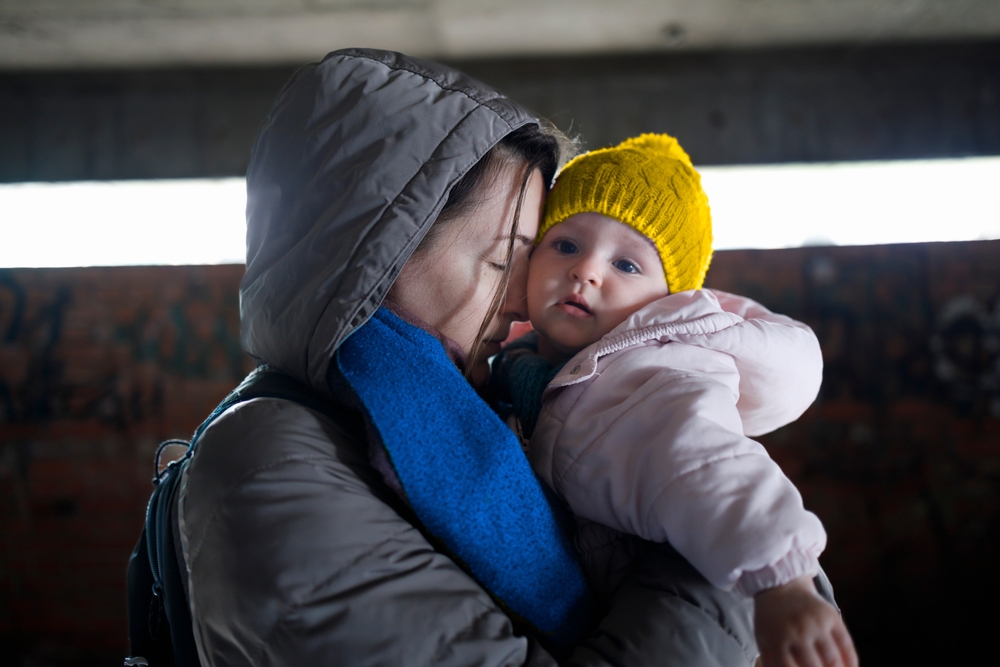
Women’s homelessness
Women’s homelessness
La version française de ce billet se trouve ici.
I’m writing an open access textbook on homelessness and have just released Chapter 8, which focuses on homelessness experienced by women. The PDF version of the full chapter is available here.
Here are 7 things to know:
1. Women’s homelessness is more often hidden. Women tend to make less use of formal homelessness services than men. Some research suggests that women also spend more time ‘couch surfing’ (e.g. staying with family and friends) than men. This may be in part because they are more inclined to see the dangers associated with homeless shelters.
2. Women may also be more effective at negotiating informal arrangements for temporary housing with friends, family and acquaintances. Unfortunately, such arrangements may include situations that are unsafe. Women might agree to sex, for example. Pressure to keep their children with them (out of a homeless shelter, and away from child protection) may drive much of this. Unhealthy ‘pseudo-relationships’ might then develop with another adult, creating further challenges.
3. Women may be less inclined to resort to rough sleeping. It can be very unsafe for women to sleep rough, in part due to risk of physical and sexual violence. Women may be more vulnerable to such forms of violence and be less inclined to engage in risk-taking behaviour in general than are men.
4. Among women, there’s a more pronounced role of child protection. When parents separate or divorce, women tend to retain custody of children. Women are then watched carefully by child protection authorities. And unfortunately, in many jurisdictions, rather than helping the mother obtain better housing and social supports, child protection authorities may focus more on removing children.
5. There are fewer labour market opportunities for women than for men. Unfavourable labour market outcomes for women are well-documented. They stem from sexism, the gendered role of caregiving, and other factors. When I worked at an employment program for persons experiencing homelessness, it was common for employers to express a strong preference for male workers. Having said that, when no other options are available, sex work is available to women more so than men. The use of sex work poses substantial risks and challenges. Women who engage in sex work are not afforded the same legislative protections as they would in formal employment environments. The risk of victimization and violence is significantly increased, and sex work increases the risk of child protection involvement.
6. Specialized supportive housing for women can play an important role. Permanent supportive housing involves a subsidy to help a low-income household afford rent, as well as various forms of professional staff support to assist a household function and remain housed. Features of such supportive housing designed specifically for women might include communal space, in part so women gain support from each other and share informal childcare. Other such features might include formal childcare, education and job-training.
7. Access to women-specific health care is crucial. Women-specific health care may include: a range of birth control options, including abortion support and services; pre- and post-natal care for pregnant and new mothers experiencing homelessness; education programs focussed on women’s health; and resources for women’s mental health. Coordinated efforts from public health agencies, hospitals, and local clinics to provide free breast and cervical cancer screening at shelters are crucial.
In sum. This is a summary of Chapter 8 of a sole-authored, open access interdisciplinary textbook intended to provide an introduction to homelessness for students, service providers, researchers, policy-makers and advocates. All material for this book is available free of charge here. Newly-completed chapters will be uploaded throughout the year.
I wish to thank Sylvia Regnier and Annick Torfs for assistance with this blog post.


